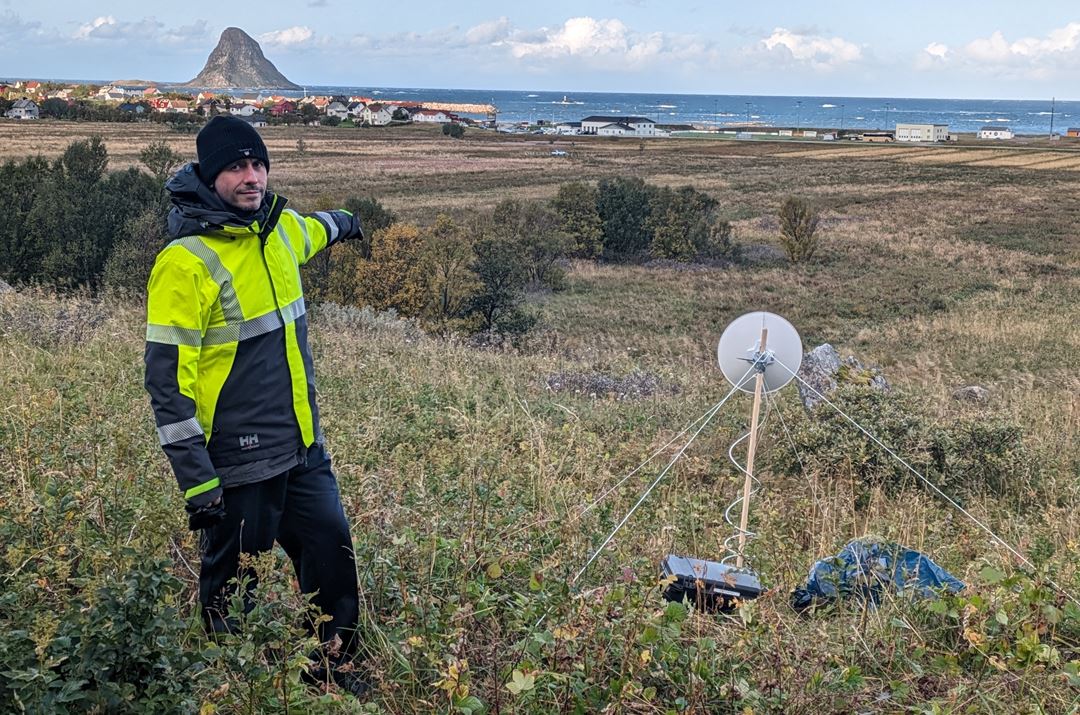Multiple existing safety and liability critical infrastructure components including all segments of transportation, search and rescue, power grid system support, and even some banking operations depend on reliable and robust Positioning, Navigation, Timing and Communication (PNTC) services. Also, the evolution and adoption of safety critical autonomous operations and systems (unmanned autonomous cars/passenger ferries/aerial vehicles/etc.) depend heavily on the unobstructed access to PNTC signals. Unfortunately, it has been determined that PNTC signals are under threat from illegal interference at a level which exceeds the tolerable limit, and which is expected to become even more common due to growing financial incentives. Over the past several years the combination of ubiquitous, low-cost communications systems and satellite navigation has moved PNTC services into application domains where there are strong privacy and financial motivations for attacks. In particular, widespread use in road-tolling, automotive insurance or fleet-management systems encourages attacks directed at the PNTC signals. Another example of emerging applications increasing the number of PNTC signal disruptions is illegal or indiscriminate use of low-cost anti-drone/counter UAV devices.
While substantial effort is dedicated to hardening the critical infrastructure components against interference, there is a very strong need for active involvement and efficient enforcement measures by the frequency managing/spectrum protection authorities on both the national and international levels. To ensure safe and reliable operation of critical infrastructures and autonomous systems, it is increasingly urgent to develop novel solutions for time and cost-efficient detection, localization, and interception of illegal interference sources. The goal of this project is to solve the issue of rapid and cost-effective interference source interdiction to facilitate enforcement against present and future threats.

